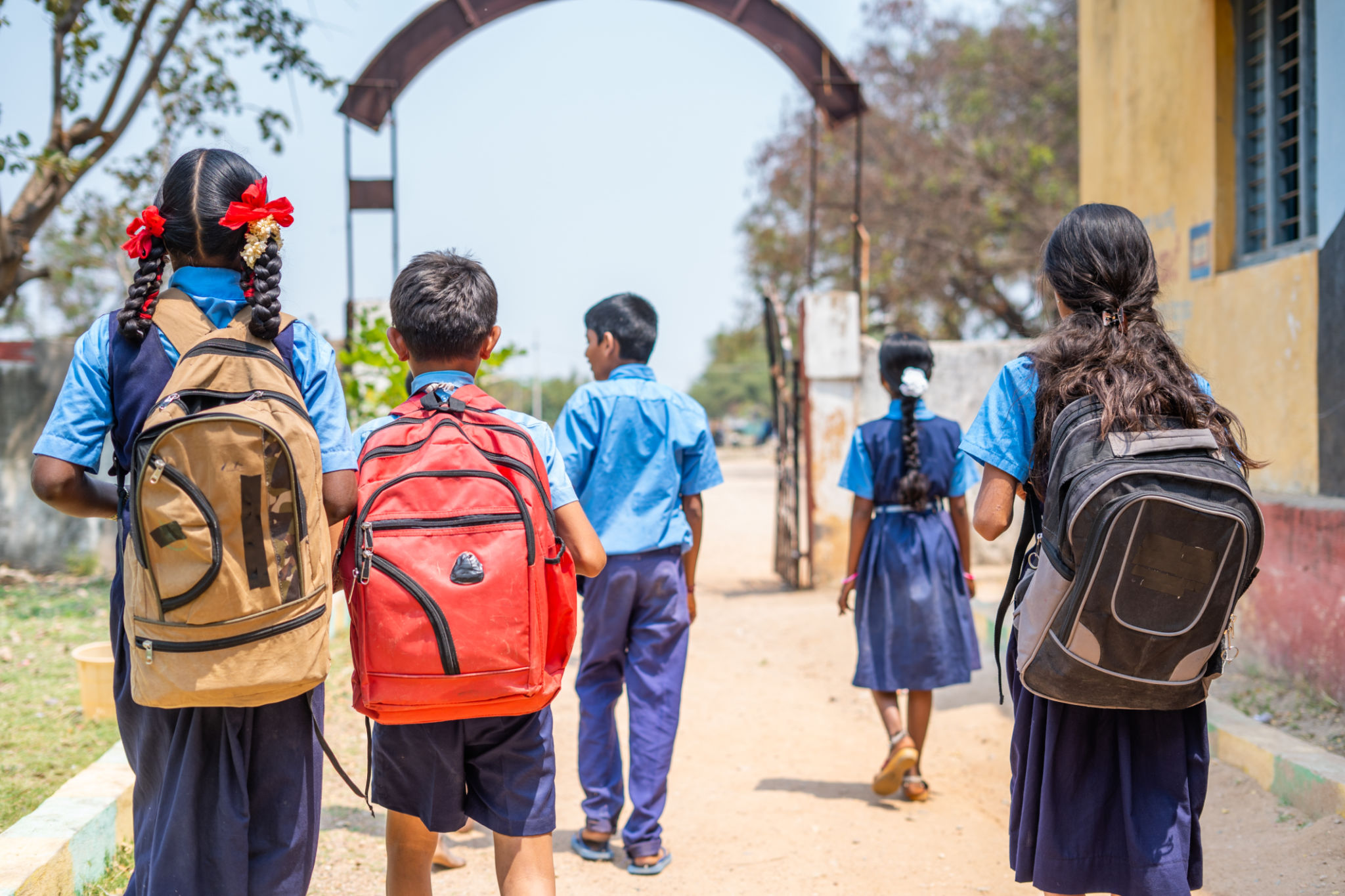Breaking Barriers: Gender Equality Initiatives in India
Introduction to Gender Equality Initiatives in India
In recent years, India has made significant strides toward promoting gender equality. A nation rich in diversity and culture, India is taking important steps to ensure that women have equal opportunities in every sphere of life. These initiatives are breaking down barriers that have historically limited women's roles in society.
To address gender disparity, various government and non-governmental organizations are implementing programs designed to empower women economically, socially, and politically. The efforts are not just crucial for the advancement of women but are also essential for the overall development of the country.

Government Initiatives for Empowering Women
The Indian government has launched several initiatives aimed at promoting gender equality. Among these, the Beti Bachao Beti Padhao campaign stands out. Initiated in 2015, this program aims to improve the welfare of girls, ensuring their education and survival. It addresses the declining child sex ratio and promotes girls' education across the nation.
Another noteworthy initiative is the Mahila E-Haat, an online marketing platform launched by the Ministry of Women and Child Development. This platform provides women entrepreneurs a space to showcase their products and services, thus empowering them economically.

Non-Governmental Efforts in Promoting Equality
Non-governmental organizations (NGOs) play a pivotal role in advancing gender equality in India. Organizations such as SEWA (Self-Employed Women's Association) work tirelessly to support women in informal sectors by providing training, resources, and financial aid.
Similarly, the Pratham initiative focuses on improving educational opportunities for girls in rural areas. By providing free educational resources and training, they help bridge the gap in literacy rates between genders.
The Role of Education in Gender Equality
Education is arguably one of the most powerful tools in achieving gender equality. By ensuring equal access to education for girls, India is setting a strong foundation for future generations of empowered women. Programs like Sarva Shiksha Abhiyan aim to universalize elementary education and have been instrumental in increasing enrollment rates among girls.

Moreover, higher education institutions are also focusing on gender studies and women's rights as part of their curriculum. This academic focus is essential in raising awareness about gender issues and inspiring young minds to advocate for equality.
Challenges and the Way Forward
Despite these efforts, challenges remain in achieving complete gender equality. Societal norms and traditions can often act as barriers to progress. However, continuous advocacy and awareness campaigns are slowly changing mindsets.
The path to gender equality requires a collective effort from all sections of society. By supporting initiatives that promote women's rights and by encouraging dialogue around gender issues, India can continue to break down the barriers that hinder true equality.

Conclusion
Breaking barriers to achieve gender equality is a journey that requires sustained effort and commitment. The initiatives underway in India provide a hopeful outlook for the future, showcasing that change is possible through dedication and collaboration.
As these programs grow and evolve, they bring India closer to a society where every individual has the opportunity to thrive, regardless of gender. By continuing to champion these causes, India sets an example for other nations striving for gender parity.